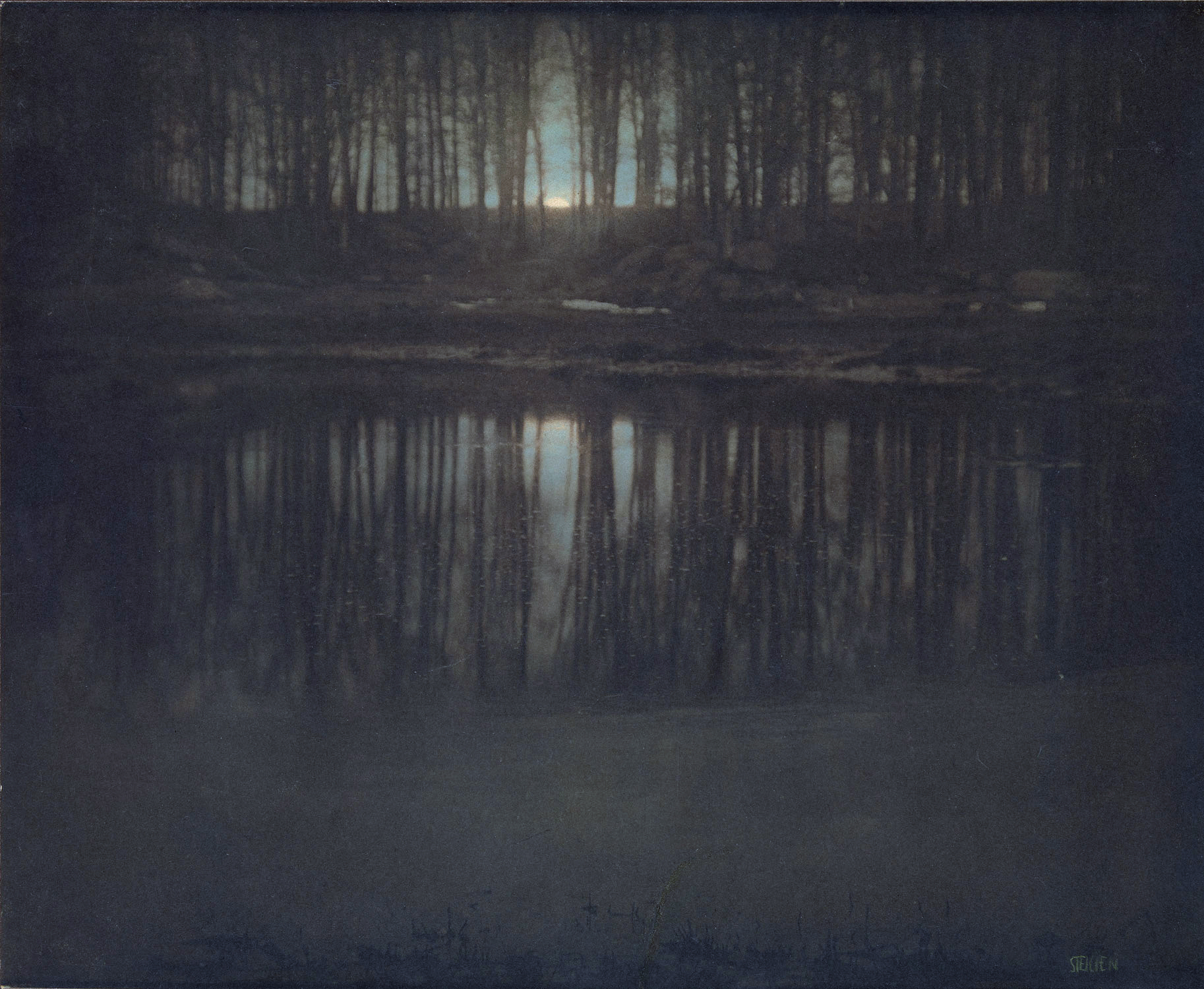As an analogue photographer you have all experienced how is to be hours and
hours in the darkroom. I don’t know about you, but I had, after several hours
in the darkroom in the middle of the night at local elementary school, a strange
feeling of presence. I knew that I was alone in the school, but... Hopefully I’m
not paranoiac, but as part of consumer of modern popular culture, we are all
bombarded with stories about supernatural creatures. And one of those creatures
fit perfectly in the dark lonely corridors of the empty local school in the middle
of the night.
Could be a vampire? A lonely sorrow creature craving for the
blood. And a lonely sorrow analogue photograph in the darkroom seems to be a
perfect target. Not! As commonly known, vampires have some deficiencies. Among allergy
for garlic and UV light is also allergy to silver. Be thankful to that, that
analogue photography is all about silver those days. In the modern films, the vampire killers uses bullets filled with silver nitrate for
killing vampires. So, if you are afraid of
the vampires, just keep some of used developer. After you develop a film or photographic paper, it has a lot of washed
away silver from not exposed parts of film in it. So in the
case of need, just pour it over the creature. Guarantee success. So you don’t need the garlic wreath on the
door of the darkroom. You could be sure that no vampire will come and bother
you, when you are printing your precious photos.
But hey! Maybe they are not so bad after all. And after all you could find
a brother soul in analogue photography? Oh, there is a problem. Photography is
all about light and vampires are allergic to the sunlight. But they could be nightlight
photographers and they could produce masterpieces like the Edward Steichen’s Pond
– Moonlight?
|
Edvard Steichen: Pond - Moonlight
Source: http://upload.wikimedia.org/wikipedia/commons/c/c8/ThePondMoonlight.jpg |
|
| | | |
|
And others could develop and print the photographs for them, as
they did for the Henry Cartier Bresson (and many others photographers too). But
why they would bother? At present days, for night time photographers, you have are
more appropriately
suited tools.
A blasfemy for analogue photographers, but nevertheless, vampires goes digital. We already stated that when we are
talking about soul in photography, it is analogue. Vampires have no soul. So that’s
the ultimate reason, why a vampire could not (wont) be an analogue photographer.
They don’t even bother about, they have ISO 204,000.














